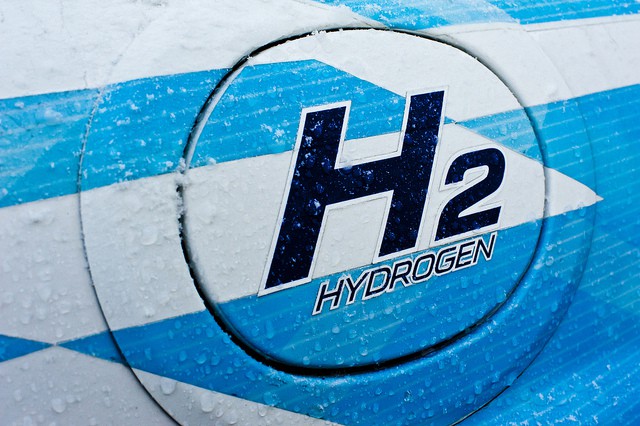Kategori : ELECTRICITY ENERGY NEWS, ENERGY AGENDA NEWS - Tarih : 13 July 2020
Today we live in an age of environmental emergency due to global warming, and not without reason. The consequences of this have become very palpable in the last 10 years, with our planet suffering major and more frequent storms and other weather phenomena, shortages of potable water, temperature increase, rising sea levels and endless consequences thereof.
Social movements, organizations, countries and other agencies are now aware of the moral necessity and urgency of implementing an energy change, sustainable in the long term, to ensure growth and socioeconomic stability, and to mitigate the alarming CO2 emissions globally. Currently, there are commitments from 66 countries to achieve zero emissions by 2050.
 This energy change is not a matter of days or months when you consider the past 120 years of growth and development of our social, economic, and energy framework based on fossil fuels and derivatives, which are finite and eventually generate a negative impact. The transition toward a socioeconomic model based on renewable resources and sustainable energy will happen over many years.
This energy change is not a matter of days or months when you consider the past 120 years of growth and development of our social, economic, and energy framework based on fossil fuels and derivatives, which are finite and eventually generate a negative impact. The transition toward a socioeconomic model based on renewable resources and sustainable energy will happen over many years.
Fortunately, the resources for this energy transition are known. In the electricity sector, solar energy generation has become cheaper and has gained relevance in the market and in society. It is expected that renewables will increase in 1,200 GWh over the next four years, and companies with a business model that ensures stability and sustainable growth will become leaders in the production and sale of energy.
A lesser known resource is hydrogen, despite being the most abundant clean fuel in the universe. Power generation by the fuel cell hydrogen has been known since 1839, and it is currently used in many applications throughout various sectors.
In the transport sector and mobility, Toyota and Hyundai, two of the world’s leading manufacturers of vehicles, have hydrogen fuel cell models with the Mirai and Nexo, respectively, with an autonomy range of 600 km and the same performance as a fossil fuel vehicle. Logistics multinationals in product distribution, like Walmart and Amazon, are using forklifts motorized by fuel cell hydrogen in their distribution stores to increase productivity and efficiency. Hydrogen also begins to make sense as a sustainable alternative to land and sea transport over long distances.
Another advantage of hydrogen is its versatility: It can be stored in caverns, storage tanks, containers, or distribution networks as natural gas, biomass, or other gases for later use. Currently, mixing H2 with natural gas up to 20% does not require any modification in safety regulations. Higher values could be achieved with minor adaptations, and some public and private initiatives have formally requested an update to the national standards regarding gas grid regulations, to link electricity and gas as a decarbonization strategy in the power generation sector.
These examples are based on sustainable resources needed for the energy transition, and they represent real cases from successful business models with a vision of growth and sustainability. The other necessary aspect for our transition to sustainable energy is to know and identify the needs for sustainable resources. Fortunately, we know them as well.
Currently, 120 million tons of hydrogen are used every year in different processes of the industrial sector. Over the next few years, large-scale initiatives will be developed in the transport and mobility sector, as well as in the gas distribution network and industry, so it is expected that sustainable demand will increase over the next decade.
From the annual production of hydrogen, 95% comes from fossil fuel by reforming of methane gas or other derivatives, and only 5% is produced by electrolysis in a sustainable manner. This is mainly affected by the cost of production of H2 — $3 to $4 per kg of H2 market versus $1 to $2 per kg produced by reformed gas — although it is anticipated that the costs of producing renewable hydrogen will be equalized during this decade.
I believe a price decrease in production costs can be expected for several reasons. In the political sphere, the European Union’s environmental policies penalize economical activities based in CO2 emissions in the energy market. In the economic sphere, the entry of hydrogen energy into the market can be similar to the entry of renewable energy in the last decade, reducing production costs from $4/Wp in 2005 to the current $0.40.
Despite knowing hydrogen as a fuel since the 19th century, we are now in 2020, during a time of environmental emergency, when the role of hydrogen is presented as an essential — perhaps unique — candidate and link to a sustainable energy transition. Green hydrogen production from renewable energies will be the actor of the energy market throughout this decade.





